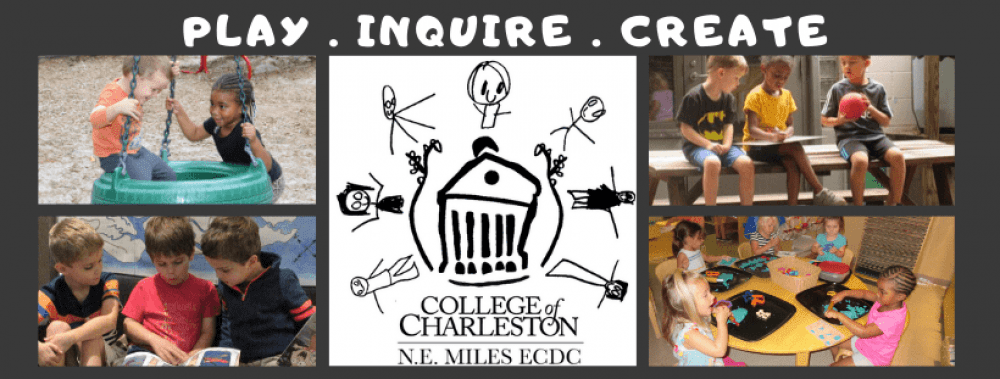Child: “My turn! Me! Me! I wanna go! My turn!”
Teacher: “Everyone please sit down. You will all have a turn, you just have to wait,”
As a parent or teacher of a preschool age child, these words are all too familiar. Teaching young children to control their impulses is something worth being taught — in fact, it is essential.

Caption: After reading a book about about sharing, the Seashells are given an opportunity to practice sharing blocks just like in the story.
What is Self-Control?
Self-Control is also called inhibitory control and is “the skill we use to master and filter our thoughts and impulses so we can resist temptations, distractions, and habits and to pause and think before we act” (Center on the Developing Child at Harvard University, 2011). Inhibitory control is a crucial component of executive functioning skills, which help us plan, focus attention, switch gears, and do multiple tasks at once.
Why is it important to teach Self-Control?
As children get older and attend school, they will have to increasingly work with others and will need to have self-control. While self-control means waiting for your turn, it also can mean having restraint from lashing out at others if you don’t get your way, or ignoring distractions to stay on task. These are essential skills needed for success later in life, and children need support and practice in building these skills.
How do we practice Self-Control in the Seashell class?
-
Songs and Games: The “Popcorn” song, “Sleeping, Sleeping” song, “Teddy Bear, Teddy Bear” are action rhymes and songs that we use in the classroom. In each of these songs or games, the children have to quickly stop an active activity and stay still until the cue is given to move again. Though they may have the desire to continue moving, over time, they learn to control these impulses.
-
Build in wait time: We never dismiss children from our circle time all at once. The teacher asks questions about colors, letters in name, or identifiable attributes to stagger their dismissal. For example, the teacher may say, “If you’re wearing blue, you may go wash your hands.” Over time, the children become accustomed to not all jumping up at once and have practiced waiting, thus gaining self-control.
-
Dramatic Play and Modeling Language: After reading Should I Share My Ice Cream?”by Mo Willems, the Seashells practiced asking one another if they would share their pretend ice cream, and then carefully maneuvered the “ice cream” onto the other’s cone. During this game, the children had to wait for their turn to play, practice sharing vocabulary (ex. please, thank you, here you go), and use patience and control to carefully transfer the ice cream.

S.C. Early Learning Standards:
ESD-5: Children demonstrate the social and behavioral skills needed to successfully participate in groups
ESD-5e: Follow social rules, transitions, and routines that have been explained to them, with reminders and practice.
ESD-5i: Wait for a short time to get what they want (a turn with a toy, snack), with guidance and support.
References and Further Reading:
Center on the Developing Child at Harvard University (2011). Building the Brain’s “Air Traffic Control” System: How Early Experiences Shape the Development of Executive Function: Working Paper No. 11.
Retrieved from
www.developingchild.harvard.edu.
https://www.naeyc.org/our-work/families/help-your-preschooler-gain-self-control
Emily Watts
Graduate Assistant in the Seashell Class (age 2-3)
